Table Of Content
- Campfire Cooking Safety Tips
- Maintain a Safe Distance
- Supervise the Fire
- Extinguish Thoroughly
- Proper Food Handling
- Choosing the Right Location for Your Campfire
- Consider the Following Tips
- Why is Location Key to Campfire Cooking Safety?
- Gathering Proper Firewood
- Choosing the Right Wood
- Gathering Kindling
- Building a Safe Campfire Structure
- Gathering the Right Materials
- Creating the Fire Ring
- Building the Fire Structure
- Starting and Maintaining Your Campfire Safely
- Campfireit’sking Safety Tips
- Choosing the Right Location for Your Campfire
- Gathering Proper Firewood and Kindling
- Essential Equipment for Cooking Safely Over a Campfire
- Camyou’llTripod
- Cast Iron Cookware
- Grill Grate
- Heat-Resistant Gloves
- Safe Cooking Practices and Techniques
- Clear Surroundings for Safe Cooking
- Use Long-Handled Utensils
- Cook Over Coals
- Extinguishing Your Campfire Correctly
- Water, Water, Water
- Never Underestimate the Power of Smoldering Embers
- Respect Nature’s Home
- Be Prepared for the Unexpected
- Stay Calm and Assess the Situation
- Administer Basic First Aid
- Seek Help if Necessary
- Frequently Asked Questions (FAQs)
- What are some essential tips for cooking safely over a campfire?
- How can I establish a safe campfire for cooking?
- What should I do if the campfire gets out of control while cooking?
- Is it safe to cook directly over open flames on a campfire?
- Can I use any cookware for campfire cooking?
- What are some easy campfire cooking recipes for beginners?
Welcome, outdoor enthusiasts! As someone who cherishes the great outdoors and the joy of camping, there is no denying the magic of gathering around a crackling campfire to cook a delicious meal. However, prioritizing safety when cooking over a campfire is paramount to ensure a memorable experience filled with laughter and good food, free from mishaps.
With the proper knowledge and preparation, campfire cooking can be a safe and enjoyable adventure. From setting up your cooking area to understanding the fire safety basics, there are several key considerations to remember when cooking safely over a campfire.
This guide will discuss essential campfire cooking safety tips to help you serve mouth-watering dishes and create a secure environment for you and your companions. By following these guidelines, you can elevate your camping experience and savor the delights of outdoor cooking without any worries.
So, grab your marshmallows and prepare to enhance your campfire cooking skills while prioritizing safety at every step. Join us on this journey as we explore the ins and outs of cooking safely over a campfire, combining culinary delights with responsible outdoor practices.



Campfire Cooking Safety Tips
Regarding camping, one of the most enjoyable activities is cooking over an open campfire. The crackling flames, the smoky aroma, and the delicious meals all contribute to a memorable outdoor experience. However, it’s essential to prioritize safety while preparing for the wild. Here are some crucial campfire cooking safety tips to ensure a fun and incident-free culinary adventure:
Maintain a Safe Distance
Always maintain a safe distance from the flames when cooking over a campfire. Use long-handled utensils to prevent burns or accidents. Remember, a safe distance keeps you from harm and allows you to enjoy the mesmerizing dance of the flames.
Supervise the Fire
Never leave a burning campfire unattended, especially when cooking. Regularly monitor the fire to ensure it stays at a manageable size. By keeping a watchful eye on the flames, you can prevent any unexpected flare-ups or spreading of embers.
Extinguish Thoroughly
After you finish cooking, it’s crucial to extinguish the campfire completely. Usit’ster to douse the flames, stir the ashes, and add more water until the embers are cool. Leaving a fire unattended can pose a significant risk to the surrounding environment.
Proper Food Handling
When cooking over a campfire, pay close attention to food safety practices. Ensure that meat is cooked thoroughly, use separate utensils for raw and cooked food, and avoid cross-contamination. Following proper food handling guidelines can prevent foodborne illnesses and ensure a pleasant camping experience.
These campfire cooking safety tips allow you to enjoy delicious meals outdoors while staying safe and responsible. Remember, a well-prepared meal tastes even better when cooked with care and caution over a crackling campfire.

Choosing the Right Location for Your Campfire
Picture this: you’re out in the great outdoors, surrounded by nature, ready to cook a delicious meal over a natural campfire. But before you start roasting marshmallows or searing your favorite steak, choosing the perfect spot for your fire is crucial. Let’s dive into the critical aspects of selecting the ideal location for your campfire.
Consider the Following Tips:
1. Look for Level Ground: Where you build your campfire should be flat and stable. This prevents the fire from spreading uncontrollably and ensures your cooking surface is even.
2. Stay Away from Overhanging Branches: Avoid setting up your campfire beneath low-hanging branches. Sparks could travel upwards and ignite the foliage, leading to a dangerous situation.
3. Keep a Safe Distance from Tents and Gear: Position your campfire away from tents, sleeping bags, and other camping equipment. Safety first!
4. Mind the Wind Direction: Be mindful of the wind’s direction when choosing your campfire spot. The wind doesn’t want smoke blowing into your face as you cook, wouldn’t
5. Use a Campfire Ring or Fire Pit: Opt for designated fire rings or pits at campsites if available. These designated areas are designed to contain fires safely.
Why is Location Key to Campfire Cooking Safety?
Think of your campfire location as the foundation of a sturdy house. Just as a substantial house needs a solid base, a safe campfire location sets the stage for an enjoyable and risk-free cooking experience. You may encounter hazards like spreading flames, uncontrolled smoke, or even accidental burns without a proper location.
Now that you understand the significance of selecting the right spot for your campfire, you’re one step closer to ensuring a safe and enjoyable adventure in the great outdoors. Remember, a well-chosen location is not just about convenience—it is about creating lasting memories around the campfire while prioritizing everyone’s well-being.



Gathering Proper Firewood
Choosing the Right Wood:
- Dry, Seasoned Wood: Choose dry and seasoned wood, as green or damp wood can create excessive smoke and be challenging to ignite.
- Hardwoods: Hardwoods like oak, maple, or hickory burn longer and hotter than softwoods like pine or spruce.
- Avoid Coniferous Trees: Pine, fir, and cedar can produce resinous sap that can pop and crackle, posing a safety hazard.
Gathering Kindling:
- Small Twigs and Dry Leaves: Gather a variety of small twigs, dry leaves, and bark to use as kindling to start your fire quickly.
- Newspaper or Cardboard: Bring some newspaper or cardboard to help ignite your kindling quickly.
- Fueling the Flame: Gradually increase the size of the sticks and logs you add to keep the fire burning steadily.
Remember, preparation is vital when it comes to gathering firewood and kindling. Set yourself up for success by collecting ample supplies before starting your campfire. Finding suitable wood and kindling will ensure a safe and enjoyable natural cooking experience.
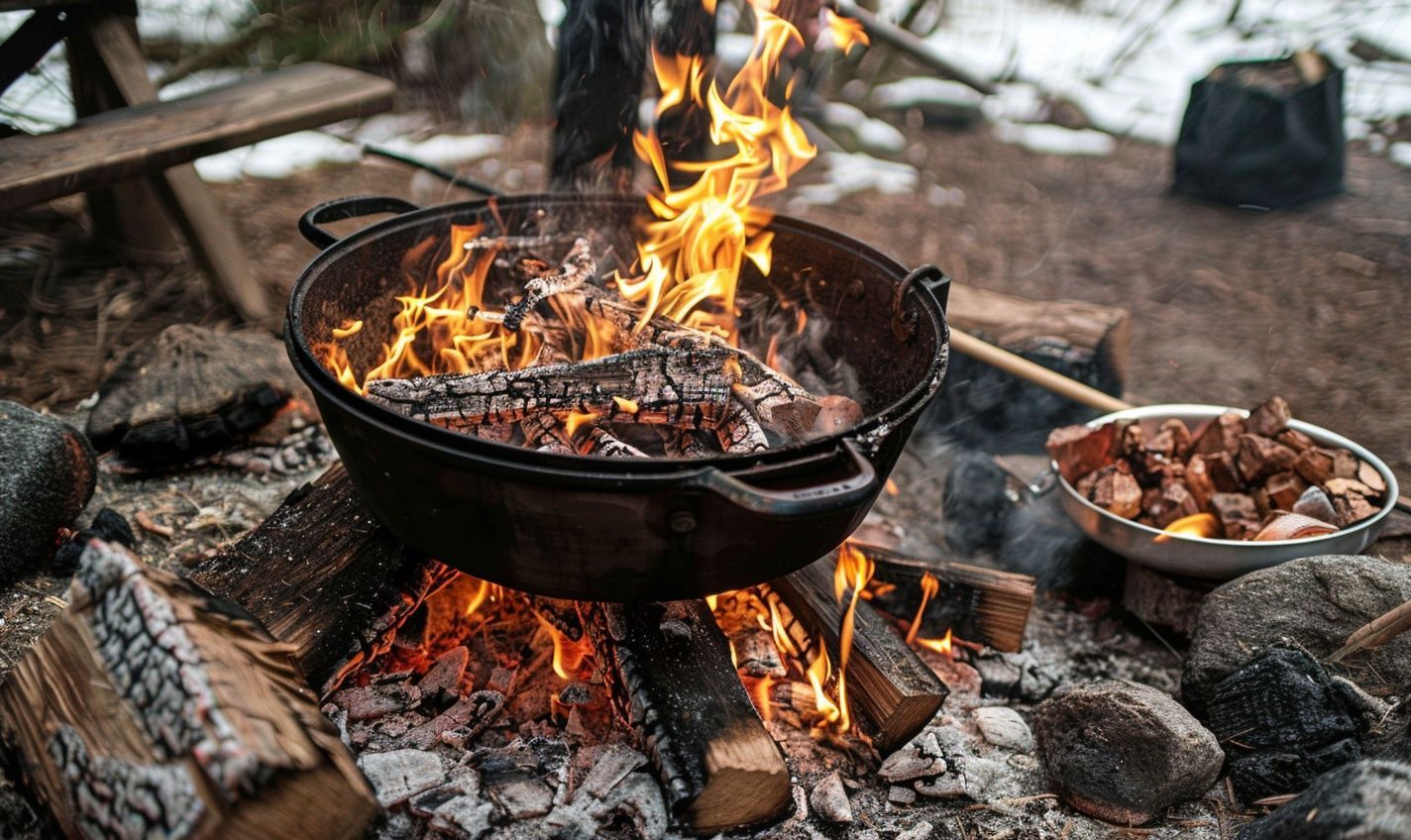
Building a Safe Campfire Structure
When cooking safely over a campfire, one of the fundamental aspects to consider is building a proper fire structure. A well-built campfire ensures efficient cooking and minimizes the risk of accidents and wildfires. Let’s dive into how you can construct a safe campfire Let’s that will serve as the heart of your outdoor culinary adventures:
Gathering the Right Materials
Before you start building your campfire, make sure you have all the necessary materials at hand:
-
- Firewood of various sizes for a steady burn
- Kindling to help ignite the fire quickly
- Newspapers or firestarter sticks for easy lighting
Creating the Fire Ring
Begin by selecting a flat, open area away from overhanging branches, dry grass, or flame materials. Follow these steps to create a safe fire ring:
-
-
- Gather rocks or use an existing fire ring if available
- Arrange the stones in a circle, leaving enough space for airflow
- Clear any debris or vegetation inside the ring to prevent sparks
-
Building the Fire Structure
Once your fire ring is ready, it’s time to build the actual fire structure:
-
-
-
- Create airspeed or log cabin structure with kindling and firewood
- Ensure proper ventilation by leaving gaps between the wood pieces
- Place the smaller kindling at the base and larger logs on top
-
-
Building a safe campfire structure is about creating a cooking source and fostering a sense of warmth, community, and connection with nature. It’s where stories are shared, marshmallows are roasted, and memories are made. By following these guidelines, you can enjoy a safe and enjoyable campfire cooking experience.


Starting and Maintaining Your Campfire Safely
One of the most exciting aspects of a camping trip is cooking safely over a campfire. There’s something special about the crackling flames and the savory aroma of food roasting over an open fire. However, following basic guidelines is crucial to ensure a memorable and safe experience.
Campfireit’sking Safety Tips:
Before diving into the world of campfire cooking, let’s cover some essential safety tips to keep you and let’s fellow campers out of harm’s way:
- Always keep a bucket of water or sand near emergencies.
- Never leave a campfire unattended, even for a short amount of time.
- Avoid wearing loose-fitting clothing while cooking over the fire.
Choosing the Right Location for Your Campfire:
Establishing a safe campfire begins with selecting an appropriate location:
- Choose a spot away from low-hanging branches or dry vegetation.
- Avoid starting a fire near tents or other flammable materials.
- Clear the area of debris to create a fire-safe zone.
Gathering Proper Firewood and Kindling:
Building a roaring campfire perfect for cooking requires suitable material, dry wood, and kindling from the ground rather than breaking branches off trees.
- Use a mixture of tinder, kindling, and larger logs to fuel your fire gradually.
- Ensure all wood is completely dry to prevent excessive smoke and sparks.
Remember, a successful campfire cooking experience hinges on adhering to safety protocols and being mindful of your surroundings. By following these guidelines, you’ll be able to enjoy delicious meals cooked over these while creating lasting memories with your fellow campers.

Essential Equipment for Cooking Safely Over a Campfire
When venturing into the great outdoors for a camping trip, one of the most rewarding experiences is cooking your meals over a crackling campfire. But to ensure that your cooking adventures are enjoyable and safe, having the right gear at your disposal is crucial. It’s are the essential tools you’ll need to master the art of campfire cooking:
Camyou’llTripod
A sturdy campfire tripod is a versatile tool for hanging pots and pans over the fire at varying heights. It’s perfect for simmering stews, boiling water, or even serving marshmallows for s’mores.
Cast Iron Cookware
Cast iron cookware, such as a s’mores pan or Dutch oven, is a campfire cooking staple. These durable pots and pans distribute heat evenly, allowing you to cook delicious meals over an open flame quickly.
Grill Grate
A grill grate is essential for creating a stable surface to cook directly over the flames. Sturdy grates can withstand the heat of the fire and allow you to grill everything from veggies to steaks.
Heat-Resistant Gloves
Heat-resistant gloves provide protection when handling hot cookware or adjusting items on the fire. They are a must-have for campfire chefs to prevent burns while cooking delicious meals.
Safety should always be your top priority when cooking over a campfire. With the right equipment and a little know-how, you can enjoy tasty meals cooked al fresco while relishing the ambiance of the great outdoors.
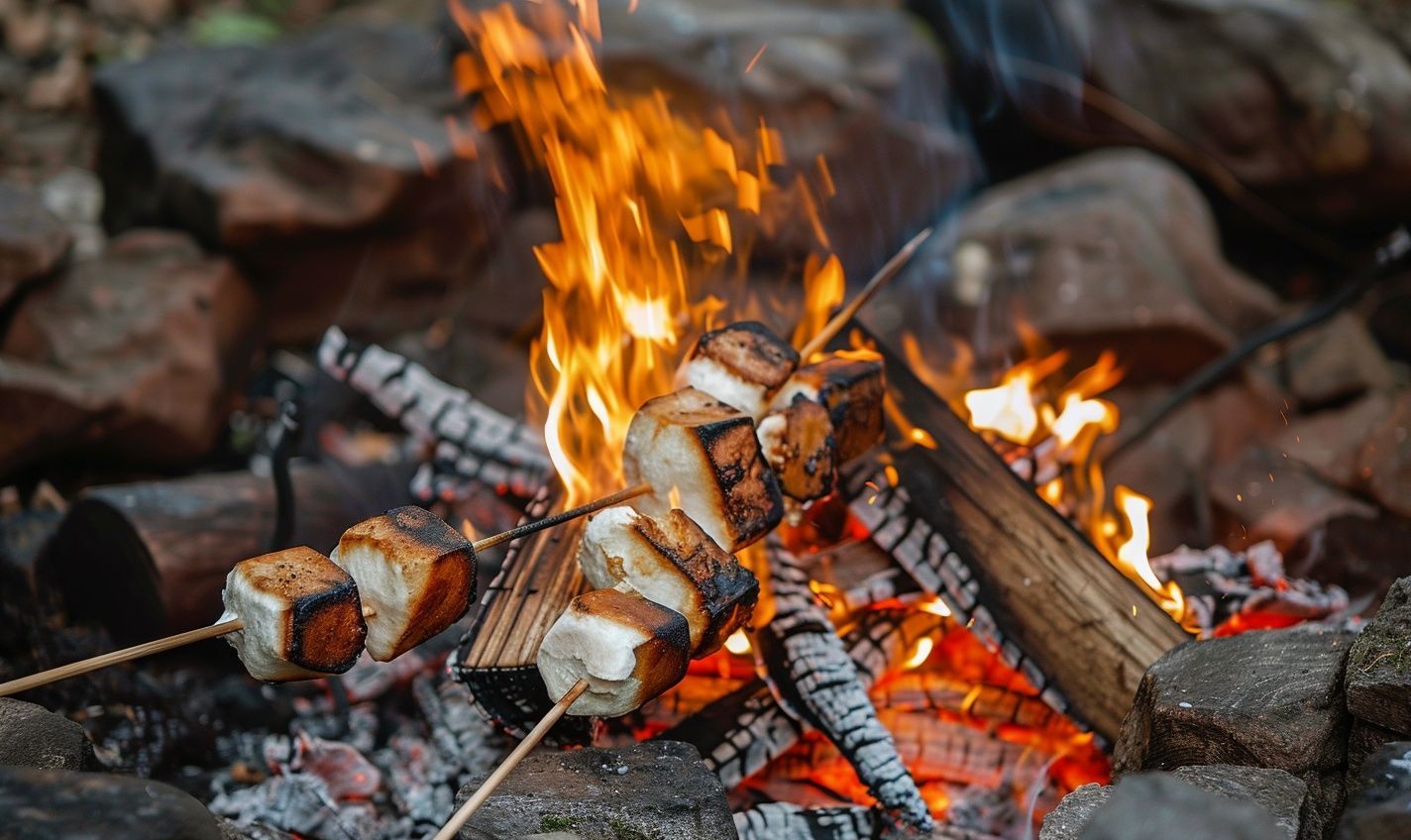
Safe Cooking Practices and Techniques
When cooking over a campfire, it’s crucial to prioritize safety above all else. Following essential practices and techniques can ensure a successful and enjoyable outdoor cooking experience.
Clear Surroundings for Safe Cooking
Before cooking over a campfire, make sure the area around the fire pit is clear of any flammable materials. This simple step can prevent accidental fires and keep you safe while preparing meals.
Use Long-Handled Utensils
Using long-handled utensils is best to avoid getting too close to the heat when cooking over an open flame. This will allow you to cook your food safely without risking burns or injuries.
Cook Over Coals
Instead of cooking directly over flames, wait until the fire has burned to hot coals. Cooking over coals provides a more even and consistent heat, reducing the likelihood of burning your food.
And remember, patience is vital when cooking over a campfire. It may take longer than cooking on a stove, but the delicious flavors and experience are well worth the wait.
By following these safe cooking practices and techniques, you can enjoy tasty meals cooked over a campfire while ensuring your camping trip remains a memorable and safe adventure. So, gather around the fire, savor the flavors, and embrace the warmth of the outdoors.
Extinguishing Your Campfire Correctly
Once you’ve enjoyed a cozy evening by the campfire or have indulged in delicious meals cooked over the flames, it’s crucial to extinguish the fire to prevent potential risks or hazards properly. Let’s dive into some essential tips for safely putting out your campfire.
Water, Water, Water:
Like a superhero with a magical power, water is your best friend when extinguishing a campfire. Remember these key points:
- Pour water over the campfire until the hissing sounds stop.
- Stir the ashes with a stick and pour more water if necessary.
- Ensure everything is cool to the touch before leaving the campfire site.
Never Underestimate the Power of Smoldering Embers:
Those sneaky embers can still pose a threat even if the flames have died down. Take these precautions:
- Avoid burying the fire with dirt, as it can insulate the embers and keep them alive.
- Continue to douse the site with water until you can run your hand through the ashes without feeling any heat.
- Always double-check the fire area for any remaining hot spots.
Respect Nature’s Home:
Just as we tidy our living spaces, nature will still leave the outdoors in pristine conditions after our camping escapades. Follow these guidelines:
- Collect any garbage, including food scraps and packaging materials.
- Ensure the fire pit is completely extinguished to prevent wildfires.
- Leave no trace of your presence except for fond memories and gratitude for nature’s beauty.
Be Prepared for the Unexpected
Before heading out on your camping trip, ensure you have a well-stocked first aid kit containing essentials such as bandages, antiseptic wipes, pain relievers, and any personal medications. Also, know the emergency contact numbers for your camping area.
Stay Calm and Assess the Situation
In an emergency, the first step is to stay calm and assess the situation. Determine the severity of the issue and take necessary actions promptly. Panicking can worsen things, so focus on staying composed and handling the situation logically.
Administer Basic First Aid
Having basic first aid knowledge is crucial when camping. Learn how to clean and dress wounds, treat burns, manage sprains, and provide CPR if needed. These skills can make a significant difference in emergencies until professional help arrives.
Seek Help if Necessary
If the situation escalates beyond your control or expertise, don’t hesitate to seek help. Contact emergency services or nearby campers for assistance. It’s always better to have professional aid when dealing with serious emergencies.
Remember, being prepared is critical to handling emergencies during camping trips. Practice safety measures, carry essential supplies, and educate yourself on basic first aid procedures. By staying vigilant and proactive, you can ensure everyone involved has a safer and more enjoyable camping experience.
Conclusion
Ensuring you practice cooking safely over a campfire is essential for a successful and enjoyable camping experience. By following basic safety guidelines, such as choosing a safe location, preparing the area properly, and monitoring the fire constantly, you can minimize the risks associated with an open flame in the wilderness.
Bring the right cooking tools and equipment, use heat-resistant gloves, and never leave the fire unattended. By being mindful of fire danger and taking necessary precautions, you can enjoy delicious meals cooked over an open fire without any worries.
Good campfire cooking safety habits will protect you and your fellow campers and help preserve the natural environment. Always correctly extinguish the fire when you cook and leave your campsite. Let’s all do our pto keep our campsites safe and save them for future generations.
So, remember these essential campfire cooking safety tips next time you head out into the great outdoors. Being proactive and aware can create lasting memories around the campfire while keeping yourself and those around you safe.
Frequently Asked Questions (FAQs)
What are some essential tips for cooking safely over a campfire?
To cook safely over a campfire, set up your cooking area away from dry grass or overhanging branches, and always keep a bucket of water nearby.
How can I establish a safe campfire for cooking?
Ensure your campfire is contained within a designated fire ring or pit; never leave it unattended. Follow Leave No Trace principles and check for any fire restrictions in the area.
What should I do if the campfire gets out of control while cooking?
If the fire gets out of control, immediately call for help and try to extinguish the flames using the water from your bucket, dirt, or sand.
Is it safe to cook directly over open flames on a campfire?
It’s safer to cook using the coals or embers from the It’sfire rather than open flames to avoid burning food and ensure even cooking.
Can I use any cookware for campfire cooking?
Use sturdy cookware such as cast iron or stainless steel for campfire cooking, and avoid utensils with plastic handles that could melt over the fire.
What are some easy campfire cooking recipes for beginners?
Beginners can try cooking foil packet meals, skewers with veggies and meat, or simple one-pot meals like chili or stew over the campfire.

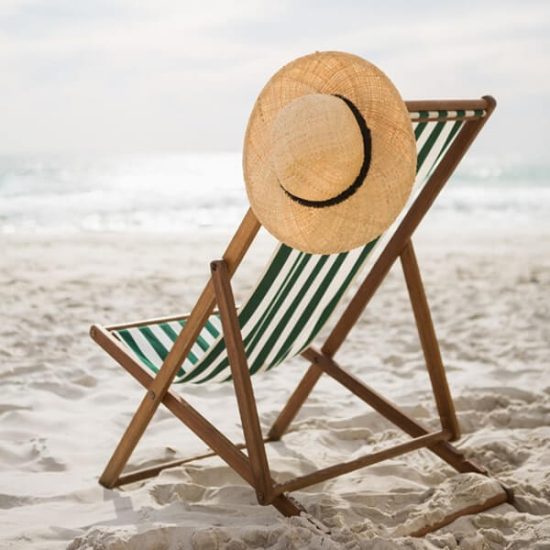
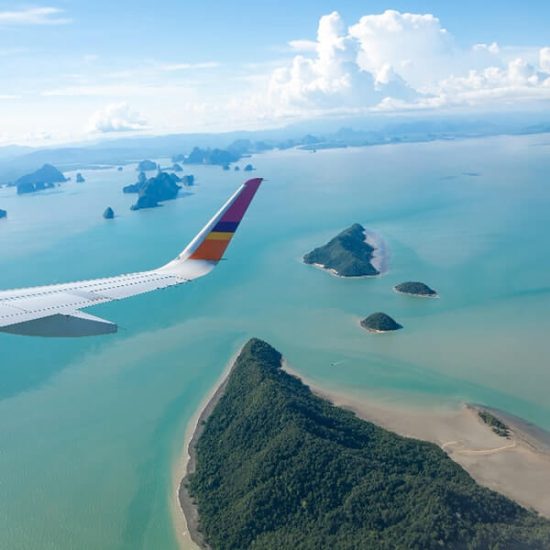
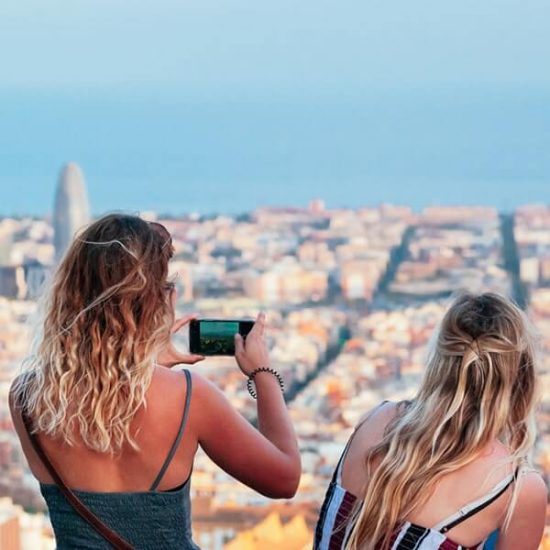




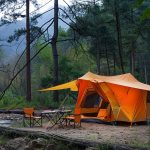
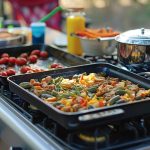


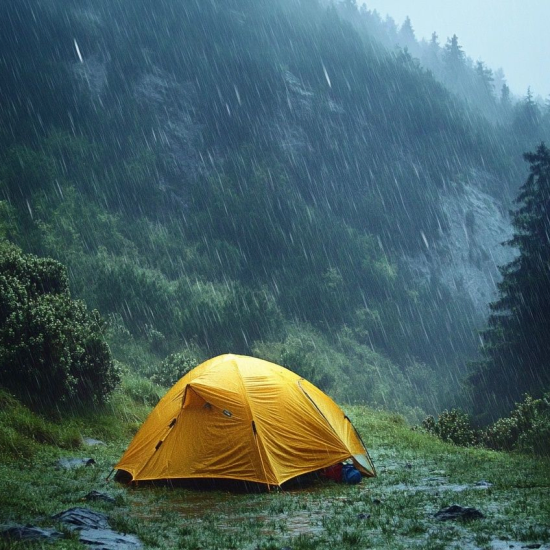
No Comment! Be the first one.